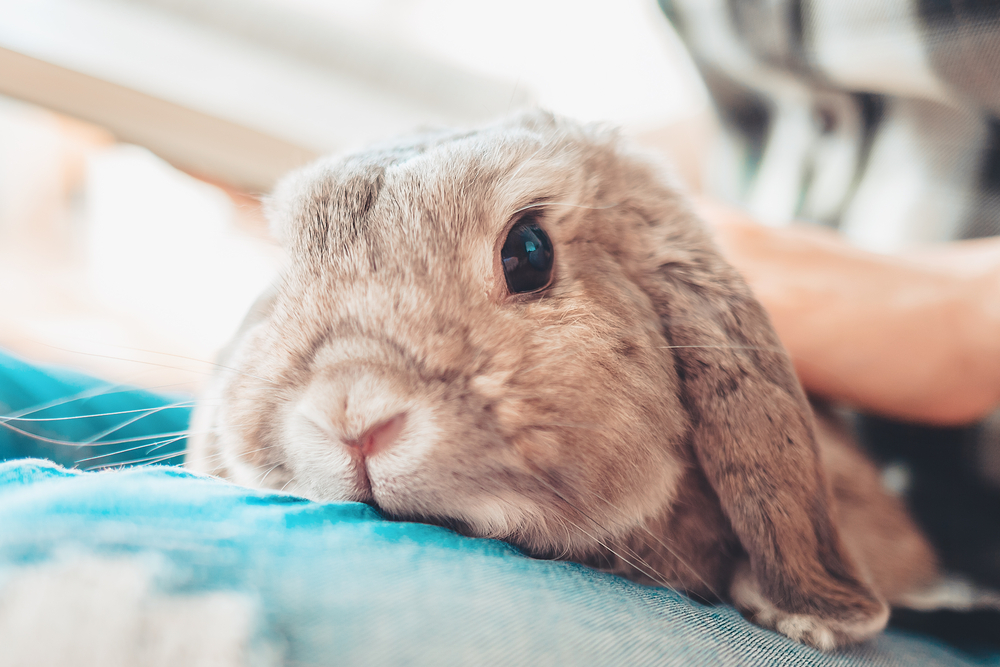A Closer Look at Rabbit Lifespan
Rabbits, those furry and endearing creatures, have captured our hearts with their charming antics and gentle nature. As beloved companions and symbols of nature’s wonder, understanding the lifespan of rabbits is a crucial aspect of responsible pet ownership. In this comprehensive article, we embark on a journey to explore the factors that influence how long rabbits live, shedding light on their diverse lifespans, the impact of care and environment, and the measures we can take to ensure a long and fulfilling life for our hoppy friends.
The Tapestry of Time: Variability in Rabbit Lifespan
Rabbits come in various shapes, sizes, and breeds, each contributing to the diversity of their lifespans. On average, domestic rabbits live between 7 to 12 years. However, this range can fluctuate significantly depending on multiple factors, such as genetics, breed type, diet, exercise, housing conditions, and overall care.
Breed Matters: A Glimpse into the Rabbit Family Tree
Different rabbit breeds possess varying lifespans due to their unique genetic makeup and predispositions. Smaller breeds, like the Netherland Dwarf and Holland Lop, tend to have longer lifespans compared to larger breeds, such as Flemish Giants. It’s essential for potential rabbit owners to research the typical lifespan of the specific breed they are considering to ensure they are prepared for the commitment.
The Impact of Care and Environment
While genetics play a role in a rabbit’s longevity, the care and environment they receive also significantly influence their lifespan. Providing optimal care and creating a suitable living environment can greatly enhance a rabbit’s chances of living a full and healthy life.
– Diet: The Foundation of Health A balanced and nutritious diet is crucial for a rabbit’s well-being. High-fiber hay, fresh leafy greens, and a small amount of high-quality pellets should constitute the core of their diet. Avoiding high-sugar and high-starch foods, while ensuring a consistent supply of fresh water, helps prevent obesity and related health issues. for our article about what do rabbits eats.
– Exercise: Hopping into Health Rabbits are naturally active animals that require ample exercise to maintain physical and mental health. Providing a spacious and enriched living environment, along with daily supervised playtime, allows rabbits to engage in their instinctual behaviors and prevent obesity and musculoskeletal problems.
– Housing: A Safe and Comfortable Home A rabbit’s living environment should prioritize safety, comfort, and mental stimulation. A spacious and well-ventilated indoor enclosure or a secure outdoor hutch protects rabbits from predators, extreme weather conditions, and stressors.
– Veterinary Care: Regular Check-ups and Preventive Measures Regular veterinary check-ups and preventive healthcare measures are essential to catch any health issues early and provide appropriate treatments. Spaying or neutering rabbits, in addition to vaccination and parasite prevention, can contribute to their overall well-being and longevity.
The Role of Socialization and Companionship
Rabbits are social animals that thrive on companionship. Providing a suitable companion or engaging in regular interactive playtime with the rabbit can reduce stress and promote mental well-being. Loneliness and isolation can impact a rabbit’s lifespan and quality of life, making social interaction an essential component of their care.
Recognizing Age-Related Changes and End-of-Life Care
As rabbits age, they may experience various changes in behavior, health, and mobility. Providing appropriate care during their senior years, such as addressing dental issues, arthritis, and other age-related conditions, ensures their comfort and quality of life. Recognizing when it’s time to say goodbye and making informed decisions about end-of-life care and euthanasia is a solemn responsibility that allows rabbits to pass peacefully when their time comes.
Conclusion: Nurturing the Passage of Time
The lifespan of rabbits weaves a tapestry that is influenced by a complex interplay of genetics, care, and environment. As stewards of these delightful creatures, it is our duty to provide them with the best possible life, from their first days as adorable kits to their twilight years as cherished companions. By offering a loving home, a balanced diet, ample exercise, and regular veterinary care, we contribute to their well-being, enrich their lives, and extend the chapters of their story. In doing so, we embrace the privilege of nurturing the passage of time, ensuring that the vibrant spirit of rabbits continues to hop through the pages of our shared journey.

